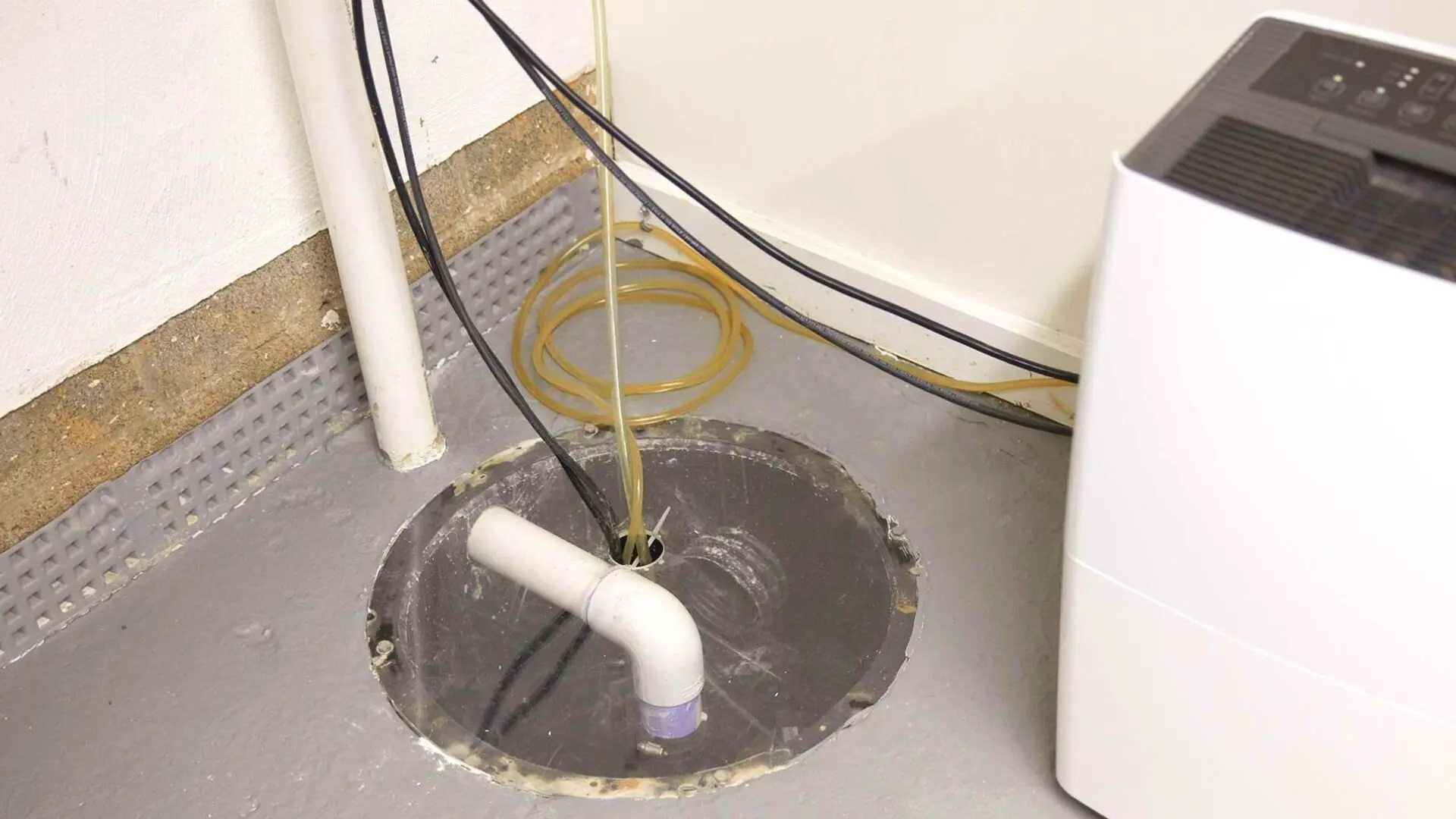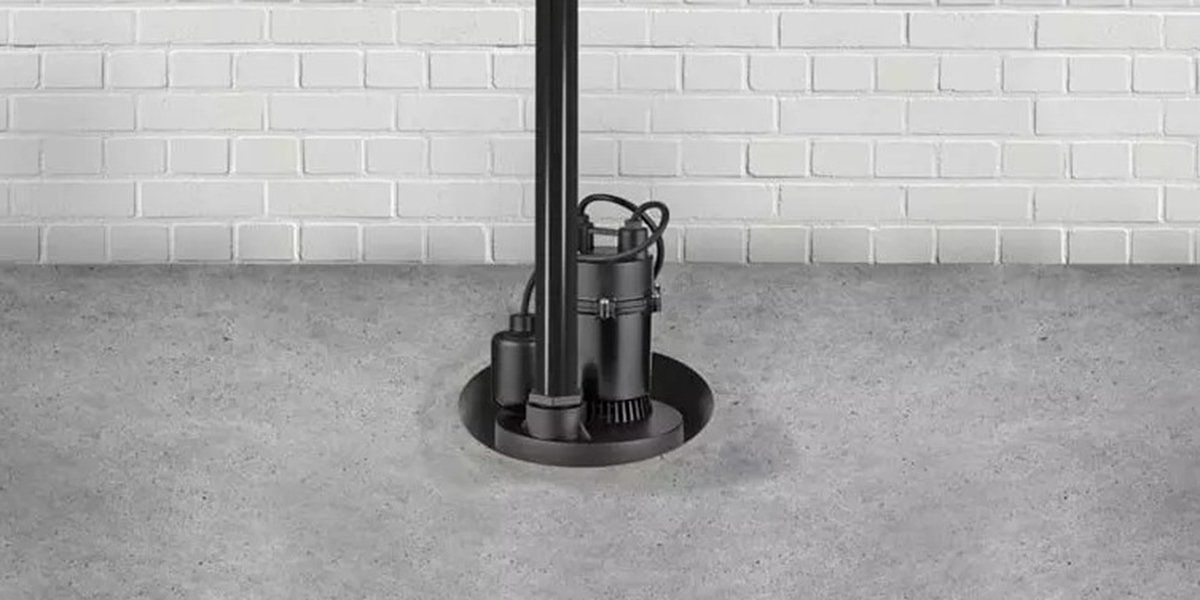Clear Tips for Taking Care of Your Sump Pump
Clear Tips for Taking Care of Your Sump Pump
Blog Article
Do you find yourself trying to locate facts involving How to Care for Your Sump Pump?

Sump pumps are crucial elements in several homes, especially in areas susceptible to flooding or extreme wetness. They help protect against water damage by effectively removing excess water from cellars or crawl spaces. However, like any other appliance, sump pumps need normal maintenance to ensure they operate efficiently when required the most. Cleaning your sump pump is an essential part of its maintenance, and recognizing how to do it appropriately can conserve you from costly repair services and potential catastrophes.
Intro
Keeping a clean sump pump is crucial for its appropriate functioning and long life. Neglecting this vital job can lead to obstructions, breakdowns, and ultimately, water damages to your residential or commercial property. For that reason, finding out just how to cleanse a sump pump is critical for house owners that depend on these gadgets to maintain their cellars dry and safeguarded.
Signs of a Dirty Sump Pump
Understanding when your sump pump needs cleaning is crucial for avoiding possible malfunctions. Some usual indicators that show an unclean sump pump consist of weird sounds during operation, decreased water flow, and visible debris in the pit. If you observe any one of these signs and symptoms, it's vital to clean your sump pump quickly to stay clear of any kind of additional problems.
Preparing for Cleaning
Before you start cleansing your sump pump, it's vital to take some safety and security precautions. Beginning by shutting down the power to the pump to prevent any electrical mishaps. In addition, wear ideal protective equipment, such as gloves and safety glasses, to safeguard yourself from dirt, debris, and prospective pathogens.
Recognizing the Sump Pump
Before diving right into the cleaning process, it's vital to have a fundamental understanding of exactly how a sump pump works. Typically mounted in a pit or container below the cellar floor, a sump pump includes numerous key parts, consisting of a pump, a float switch, and a discharge pipe. When water gathers in the pit, the float switch triggers the pump, which after that pumps the water out with the discharge pipe, far from the building's structure.
Detailed Overview to Cleansing a Sump Pump
Turning off the Power
Begin by detaching the power supply to the sump pump to prevent any kind of crashes while cleansing.
Looking For Proper Performance
Before re-installing the pump, carry out a fast examination to make sure that the float switch activates the pump properly. Put some water into the sump pit and observe the pump's procedure. If every little thing is operating properly, you can rebuild the pump and reconnect the power supply.
Getting Rid Of Particles and Dirt
Use a container or a scoop to get rid of any visible debris, dust, or debris from the sump pit. Dispose of the particles correctly to stop it from clogging the pump or the discharge pipe.
Cleansing the Pump and Drift Switch Over
Once the pit is free from debris, meticulously eliminate the pump from the pit. Examine the pump and the float switch for any type of signs of damage or wear. Use a soft brush or cloth to clean the surfaces and eliminate any type of collected crud.
Purging the System
After cleaning the pump and float button, flush the sump pit with clean water to eliminate any type of continuing to be dirt or debris. This will aid make sure that the pump operates smoothly and successfully.
Upkeep Tips to Maintain Your Sump Pump Clean
Along with periodic cleaning, there are a number of maintenance tips you can comply with to maintain your sump pump in optimal condition:
Final thought
Cleansing your sump pump is an important aspect of its maintenance and makes certain that it runs effectively when you require it one of the most. By complying with the actions detailed in this overview and incorporating regular upkeep into your routine, you can prolong the life expectancy of your sump pump and protect your home from water damages.
6 STEPS ON HOW TO CLEAN A SUMP PUMP PROPERLY
UNDERSTANDING SUMP PUMPS
Your sump pump plays a crucial role in protecting your home by managing and removing excess water. It primarily functions as a “shield”, guarding your basement against the damaging effects of water accumulation. The pump is housed in a sump pit in the lowest part of your basement, and its job is to pump out any water that collects there.
During heavy rainfalls or when snow melts rapidly, water can infiltrate your basement, posing potential risks like flooding, structural damage, and harmful mold growth. Here, the sump pump springs into action, pumping out the intruding water and directing it away from your home.
SAFETY FIRST
Before cleaning, remember to prioritize safety. Disconnect the sump pump from the power source to prevent any accidental electric shocks. Also, wear sturdy gloves to protect your hands from any sharp or dirty components within the pump.
REMOVE THE SUMP PUMP
After ensuring your safety, the next step is to remove the sump pump from its pit. Doing this might require careful maneuvering as you don’t want to damage any pump components. Once removed, clean the sump pit to remove any accumulated debris or sludge.
INSPECT THE PUMP
Inspect the pump for any visible signs of wear or damage. Check the power cord, float switch, and impeller housing. If any components look worn out or damaged, consider replacing them to ensure optimal performance.
CLEAN THE PUMP
Thoroughly clean the pump with warm, soapy water. Make sure to rid it of any dirt, gravel, or other debris that might impede its performance. You can use a toothbrush to clean the small, hard-to-reach parts of the pump.
REINSTALL THE SUMP PUMP
Reinstall the pump into the sump pit Make sure it’s positioned correctly to remove the water effectively Once it’s back in place, reconnect it to the power source TEST THE PUMP
Finally, pour some water into the pit to ensure the pump works correctly. It should start automatically and begin pumping out the water; if it doesn’t, check the power source and the positioning of the pump.
Remember, while cleaning your sump pump is an essential part of home maintenance, hiring a professional plumber for a thorough inspection and cleaning at least once a year is also important. This will ensure that your pump is in optimal condition, ready to protect your home from potential water damage.
BEST PRACTICES FOR CLEANING SUMP PUMP DISCHARGE PIPES
Regular Inspection: Regularly inspect your discharge pipes, especially during heavy rainfall or snowmelt periods. Look for any signs of blockage or damage. Early detection of problems can prevent serious issues down the line. Periodic Cleaning: Over time, sediment and debris can accumulate in the discharge pipes, impeding the flow of water. Regular cleaning helps keep the pipes clear and functioning efficiently. You can use a high-pressure water jet to effectively clean the pipes. Insulation During Winter: In colder climates, discharge pipes can freeze, blocking the outflow of water. Protect your discharge pipes from freezing temperatures by insulating them with foam pipe insulation. This will ensure the sump pump can continue to discharge water even in freezing conditions. Proper Positioning: The discharge pipe should be positioned to direct water away from your home’s foundation. Improper positioning can lead to water seeping back into the basement. Ensure the pipe is long enough and angled correctly. Installation of a Check Valve: A check valve prevents water from flowing back into your sump pit after the pump has pushed it out. Installing a check valve helps maintain the efficiency of your sump pump and reduces the risk of flooding. Minimize Pipe Turns: Every curve or turn in the discharge pipe can decrease the efficiency of water flow. By minimizing turns and bends in your discharge pipe, you can increase the efficiency of your sump pump. https://www.fullspeedplumbing.com/how-to-clean-a-sump-pump-properly9999/

I am very fascinated by Keep Your Sump Pump Clean, It'll Keep You Dry and I hope you liked the blog entry. Enjoyed our entry? Please share it. Help someone else check it out. I truly appreciate your readership.
This Site Report this page